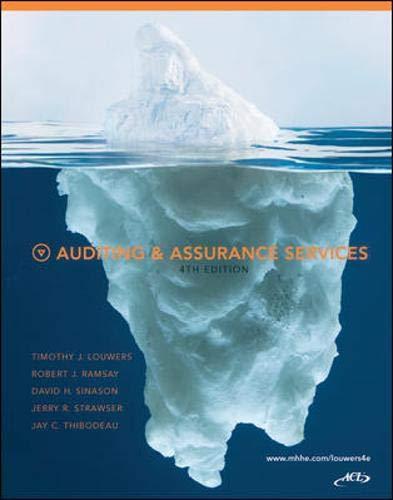


1. Run a regression of average hourly earnings (ahe) on age (ahe). How do you interpret the intercept and slope coefficients? 2. Run a regression of ahe on age, gender (female), and education (bachelor). What is the estimated effect of age on average hourly earnings according to this regression? 3. Are the results from the regression in (1) substantively different from the results in (2) regarding the effects of age on average hourly earnings? Does the regression in (1) seem to suffer from omitted variable bias? [Hint: explain the direction of this bias.] 4. Interpret the coefficient estimate on gender (female). Knowing that gender is randomly assigned at birth, can you claim that the result provides some causal evidence for gender discrimination in the labour market? Explain. 5. Are gender and education determinants of earnings? Test the null hypothesis that both female and bachelor can be deleted from the regression. [Hint: use a joint hypothesis test for this.] 6. Run a regression of the logarithm of average hourly wages on age, female and bachelor. If age increases from 27 to 30 , how are earnings expected to change. [Hint: create the new variable using: gen lnahe =ln( ahe) ] 7. Run a regression of the logarithm of average hourly wages on age, age 2, female and bachelor. If age increases from 27 to 30 , how are earnings expected to change. Do you prefer this regression to the regression in (6)? [Hint: create a new variable using: gen age2=age^2] 8. Run a regression of the logarithm of average hourly wages on age, age 2, female, bachelor and the interaction term femalebachelor. What does the coefficient of this interaction term measure? [Hint: create a new variable using: gen femalebachelor=female*bachelor] regress ahe age - regress ahe age female bachelor 1. Run a regression of average hourly earnings (ahe) on age (ahe). How do you interpret the intercept and slope coefficients? 2. Run a regression of ahe on age, gender (female), and education (bachelor). What is the estimated effect of age on average hourly earnings according to this regression? 3. Are the results from the regression in (1) substantively different from the results in (2) regarding the effects of age on average hourly earnings? Does the regression in (1) seem to suffer from omitted variable bias? [Hint: explain the direction of this bias.] 4. Interpret the coefficient estimate on gender (female). Knowing that gender is randomly assigned at birth, can you claim that the result provides some causal evidence for gender discrimination in the labour market? Explain. 5. Are gender and education determinants of earnings? Test the null hypothesis that both female and bachelor can be deleted from the regression. [Hint: use a joint hypothesis test for this.] 6. Run a regression of the logarithm of average hourly wages on age, female and bachelor. If age increases from 27 to 30 , how are earnings expected to change. [Hint: create the new variable using: gen lnahe =ln( ahe) ] 7. Run a regression of the logarithm of average hourly wages on age, age 2, female and bachelor. If age increases from 27 to 30 , how are earnings expected to change. Do you prefer this regression to the regression in (6)? [Hint: create a new variable using: gen age2=age^2] 8. Run a regression of the logarithm of average hourly wages on age, age 2, female, bachelor and the interaction term femalebachelor. What does the coefficient of this interaction term measure? [Hint: create a new variable using: gen femalebachelor=female*bachelor] regress ahe age - regress ahe age female bachelor









